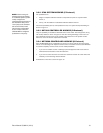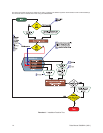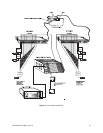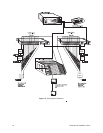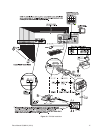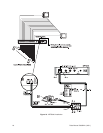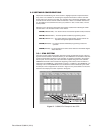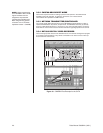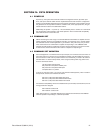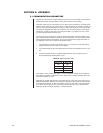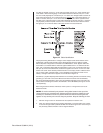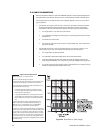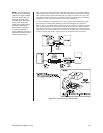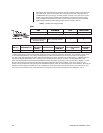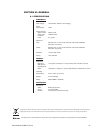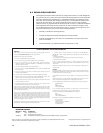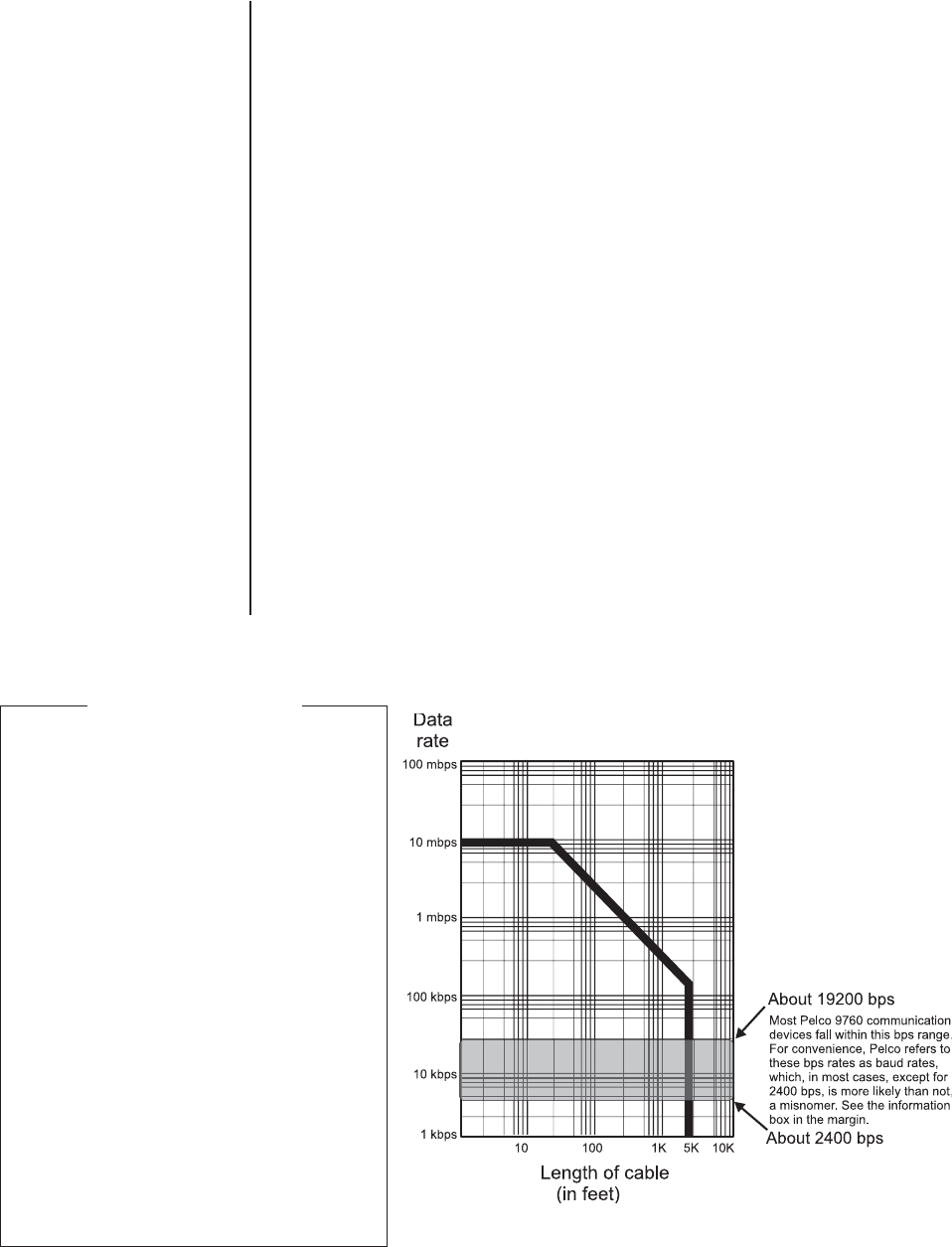
24 Pelco Manual C539M-A (12/01)
5.2 CABLE PARAMETERS
Data communication cables are used in the CM9760 system to connect required equipment to
appropriate data communication ports on the CC1, which are either RS-232 or RS-422 driven.
The characteristics of the cable chosen (if not supplied) depends, first of all, on the driver
type it interfaces.
• For RS-232 driven ports, such as Com 1 and Com 2, the cable used must meet less
stringent communication requirements than that required for driven ports RS-422.
The cable for RS-232 communications supports the following driver characteristics:
1. It is single ended – one driver and one receiver.
2. It is unbalanced-a voltage level with respect to system ground drives the commu-
nications link.
3. It is limited to low data rates.
4. It is limited to local use: 50 feet or less for synchronized data; 100 to 200 feet for
asynchronous data.
• For RS-422 driven ports, such as the 32 Sercom ports on the rear of the CC1, the
cable chosen by the user must support the following driver characteristics:
1. It is single ended, multi-drop capable.
2. It is balanced-a differential voltage drives the communications link.
3. It handles relatively high data rates. There is a trade off between data rate and
cable length (theoretically, up to 4,000 feet [1,220 m] @ 100Kbps) (see Figure 20).
4. It is used for both local and remote hookup of system devices; for example, remote
hookup of 9760 keyboards attached to the CC1.
Figure 19: Information Box
BPS or bps means or = bits per second.
Baud = # of signal changes per second.
In the recent past, bps and baud rate were equivalent, that
is, 300 bps and 300 baud, for example, were the same.
Two things happened which eventually separated the use
of bps and baud as being equal.
1. It became physically possible to transmit more than
one bit per signal change through variations in ampli-
tude, frequency, and/or phase.
2. A physical bandwidth limit on voice-grade phone lines
made it difficult to reach baud rates greater than 2400.
Most modems do not operate at a speed greater than
this.
A modem operating at a Pelco referenced baud rate of
9600 is, most likely, a 2400 baud modem operating at
9600 bps (or a 4:1 compression ratio; 4 x 2400=9600)
because of the bps manipulation mentioned above.
Therefore, for higher speed modems and for the graph illus-
trated in Figure 20, modem speeds are listed and referenced
at a bps rate. For convenience, Pelco still refers to modem
speeds in all its communication parameter lists by using the
baud rate ( a misnomer), even though the proper reference,
in most cases, is bps. In Figure 20, the approximate baud
rate range of Pelco equipment is highlighted against the bps
per distance chart.
Figure 20. Data Rate vs. Cable Length



